Gustav Klimt: The Enigmatic Artist of Sensuality and Symbolism
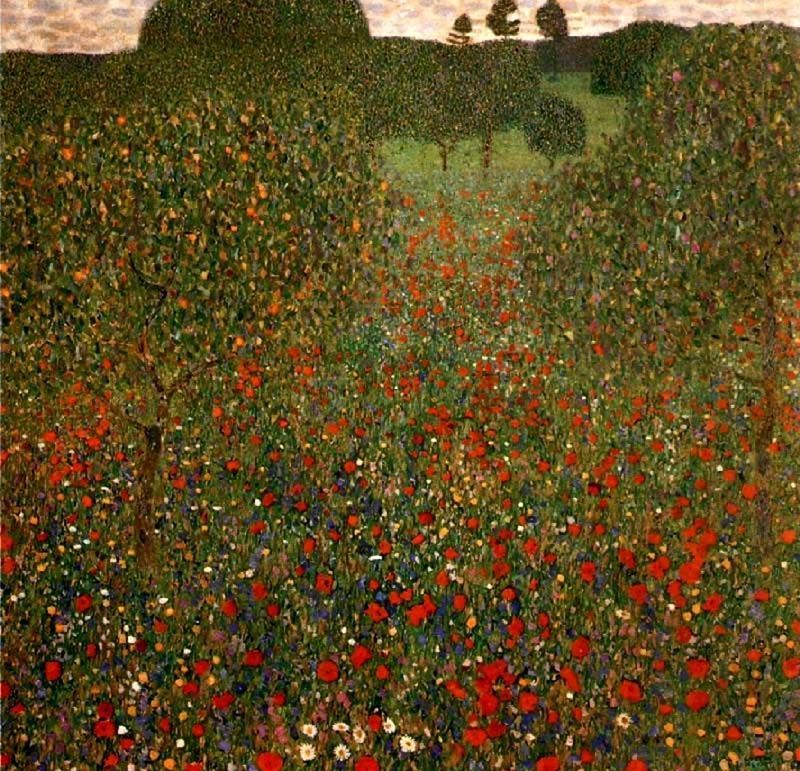
The turn of the 20th century witnessed the rise of an avant-garde artist whose work continues to captivate and intrigue the world: Gustav Klimt. Born on July 14, 1862, in Baumgarten, near Vienna, Austria, Klimt emerged as a central figure in the Vienna Secession movement. His artwork, now emblematic of fin-de-siècle Vienna, is characterized by its sensual elegance, decorative richness, and bold exploration of themes of love, female sexuality, and regeneration.

A Formative Influence:
Gustav Klimt's early career was marked by conventional success in the decorative arts, receiving commissions alongside his brothers and their friend in the company known as the "Company of Artists." Working on grand projects such as murals for the Burgtheater and the ceiling of the Great Hall of the University of Vienna, Klimt established himself as a respectable, sought-after muralist in the historical tradition.
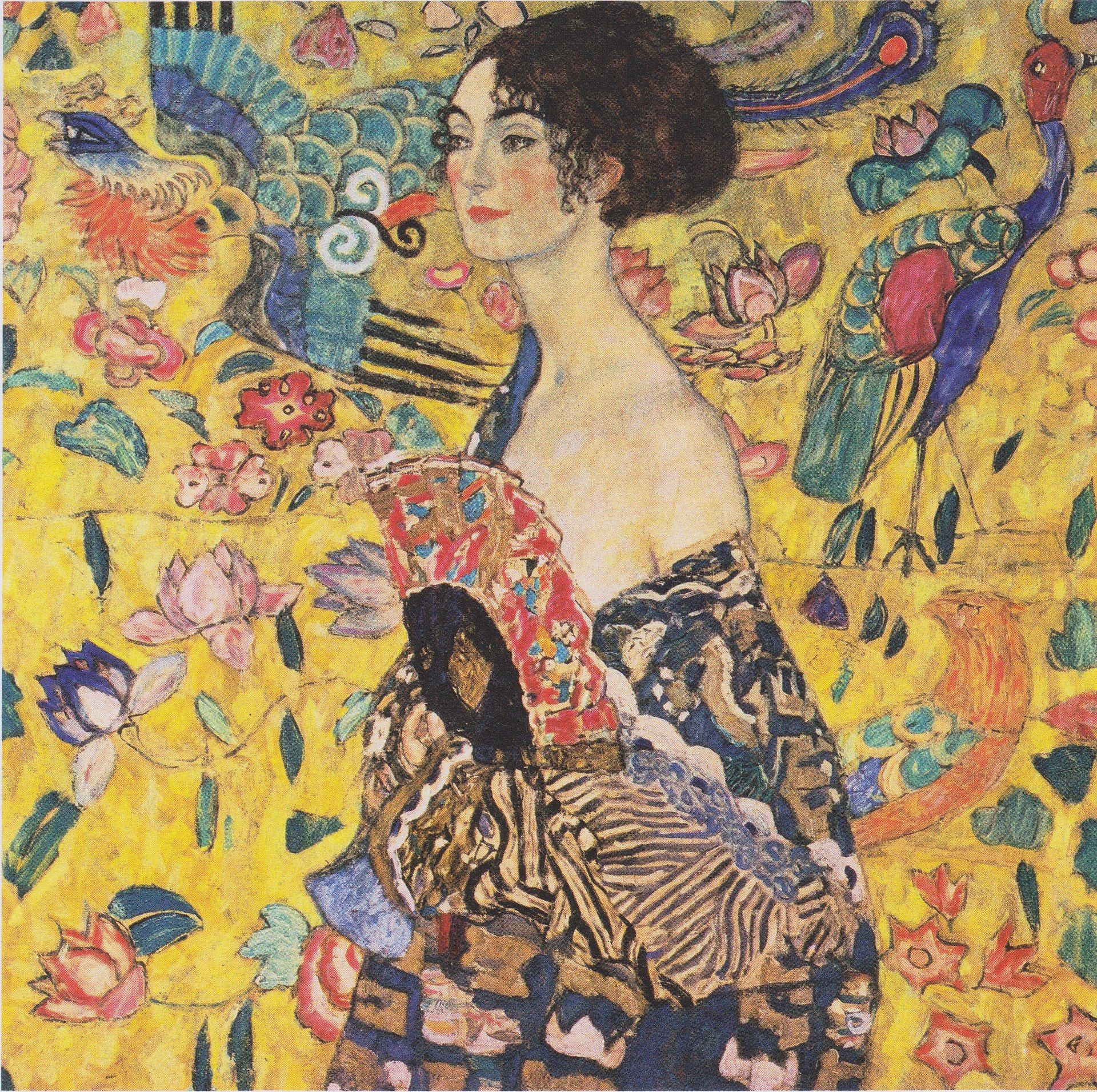
The Vienna Secession and Artistic Revolution:
The turning point in Klimt's career came with his role in founding the Vienna Secession in 1897, a group that sought to break away from the traditional confines of Austrian art. The Secession provided a platform for unconventional artists to showcase their work, and Klimt became one of its most prominent members.
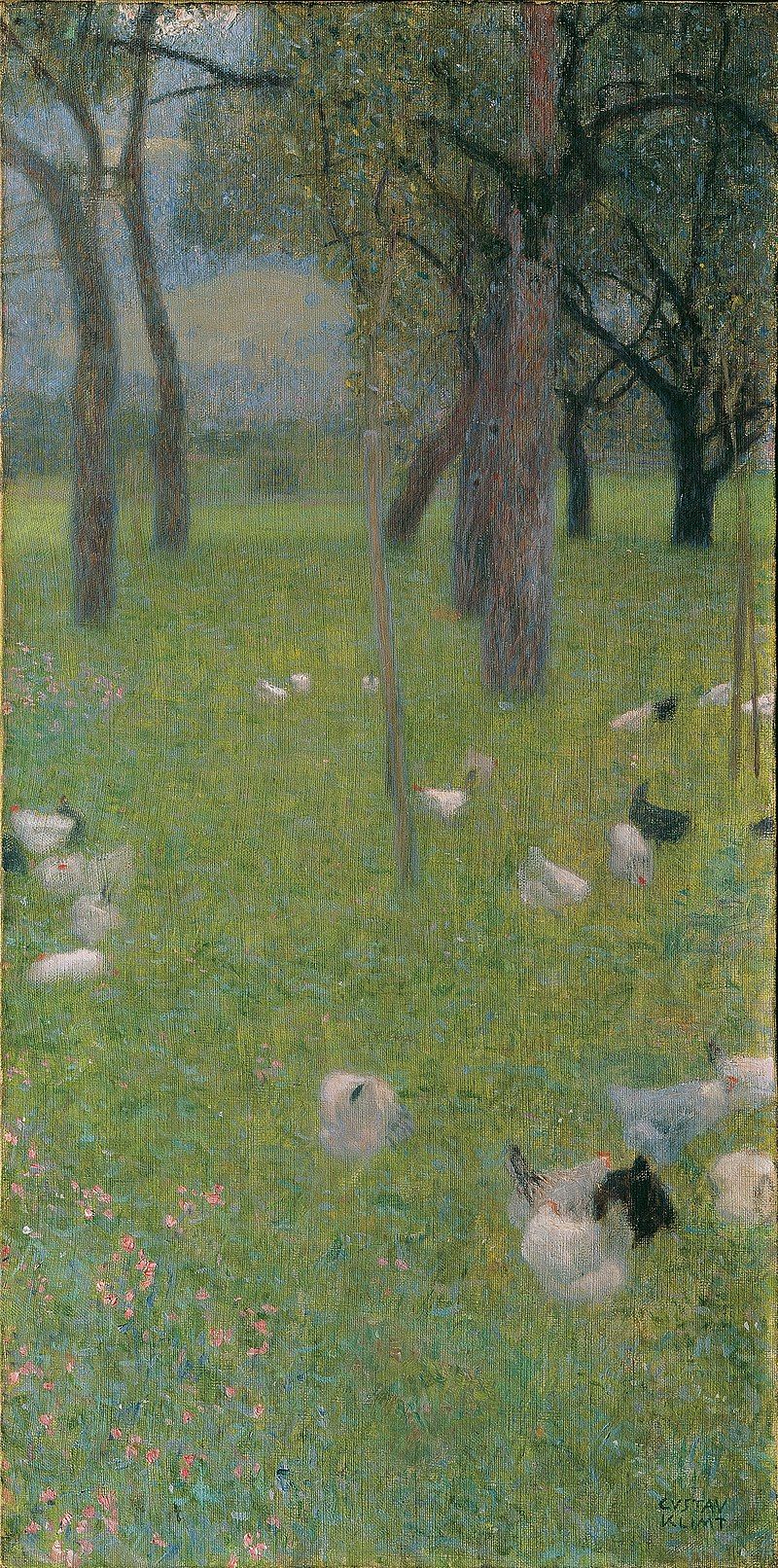
During this period, Klimt's artistic style underwent a radical transformation, where he shed the vestiges of historicism and embraced a more modern, symbolic style. His fascination with Byzantine mosaics, Japanese prints, and the contemporary Art Nouveau style led to the creation of sumptuous, textured artworks adorned with gold leaf and intricate patterns.

"The Beethoven Frieze," a work created for the 14th Vienna Secessionist exhibition, exemplifies Klimt's new direction. This monumental piece demonstrates his innovative use of symbolism and allegory, traits that would become definitive elements in his subsequent work.

The Golden Phase and "The Kiss":
Perhaps the most celebrated period in Klimt's career is his so-called "Golden Phase," which was marked by the extensive use of gold leaf in his paintings. The iconic "The Kiss" (1907-1908), widely regarded as Klimt's masterpiece, is a shimmering celebration of love and intimacy, characterized by its use of elaborate ornamentation and ethereal, dream-like quality.

Klimt's paintings during this golden era often portrayed women, ranging from the philosophical depiction of life stages in "The Three Ages of Woman" to the haunting beauty of "Portrait of Adele Bloch-Bauer I," also known as the "Woman in Gold."
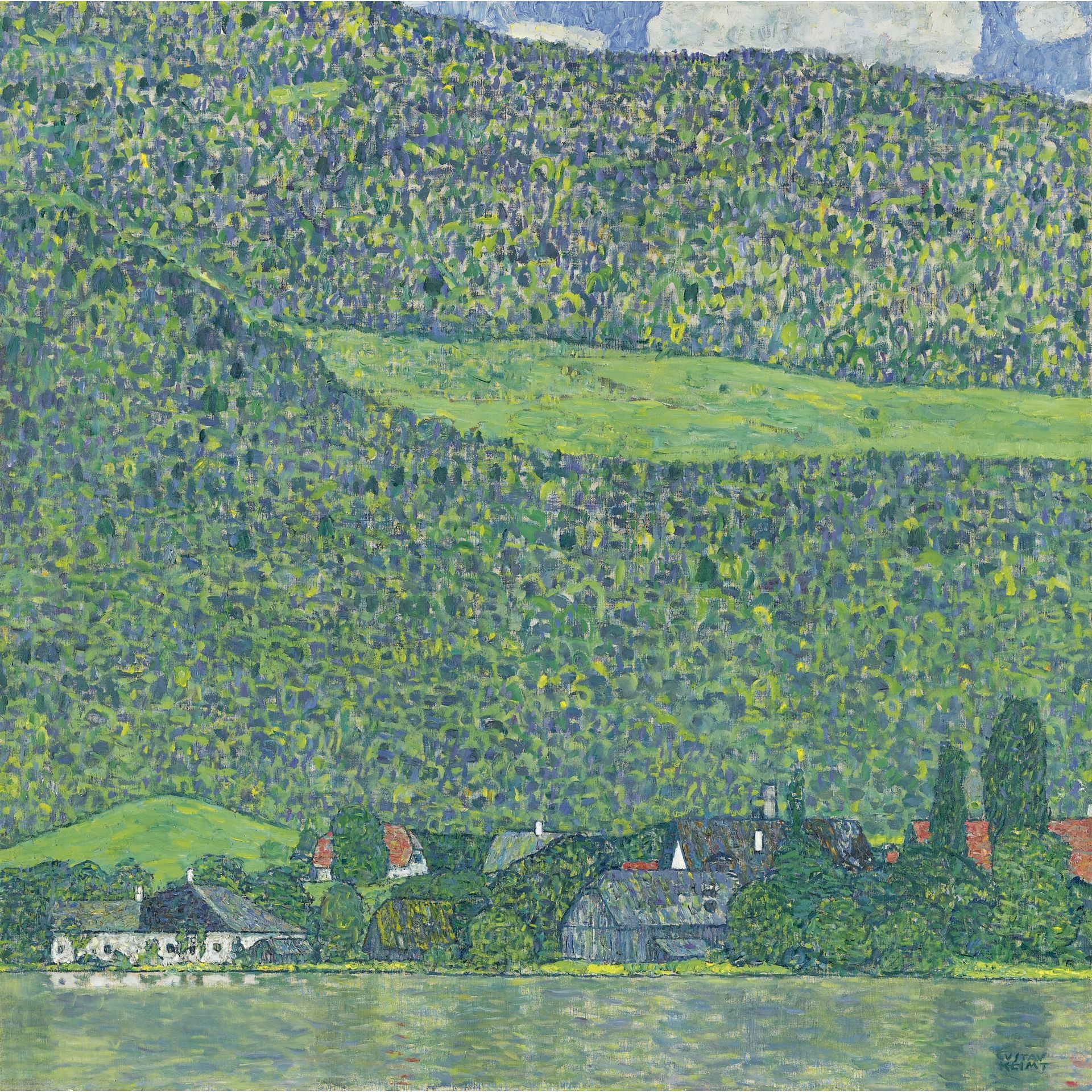
Controversy and Erotic Works:
Klimt's work did not escape controversy. His murals at the University of Vienna were criticized for their eroticism and unconventional style, leading to outcry and debate about the role of nudity and sexuality in art. Additionally, his drawings, which often explored explicit erotic themes and the female form with an unprecedented candor, were a stark departure from the prudish sensibilities of his time.
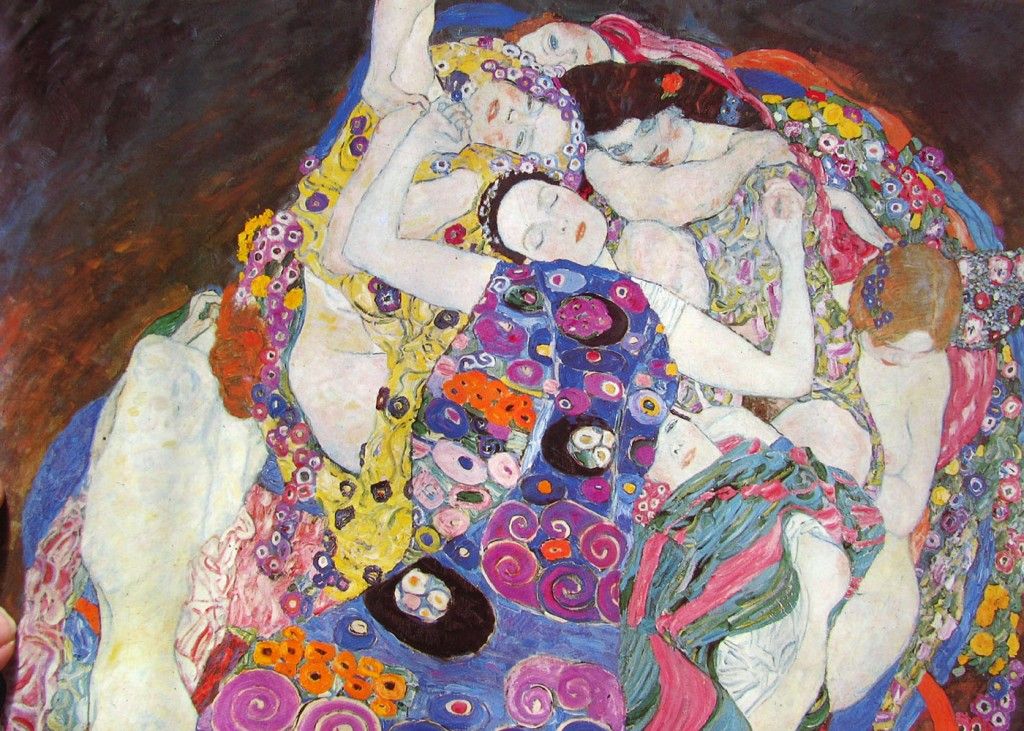
Legacy and Influence:
Gustav Klimt's death on February 6, 1918, marked the end of a career that had profoundly influenced the worlds of art and design. His approach to the female subject, distinctive use of decorative elements, and bold exploration of sexuality and psychology laid important groundwork for a variety of modern art movements, including Expressionism and Surrealism.

Klimt's legacy endured beyond his lifetime. His paintings have reached record-breaking sums at auction, and his distinctive style continues to inspire contemporary artists and fashion designers alike. Through exhibitions, reproductions, and a constant re-examination of his oeuvre, Gustav Klimt's art remains an essential part of the dialogue about the evolving nature of beauty, artistry, and the human experience. In sum, Gustav Klimt was not just an artist; he was an innovator, a provocateur, and a visionary whose works continue to challenge and enchant us with their opulent surfaces and deep humanity. His masterful synthesis of the sensuous and the symbolic ensures that his artwork remains timeless and ever relevant in our visual and cultural landscape.
Теги
art.